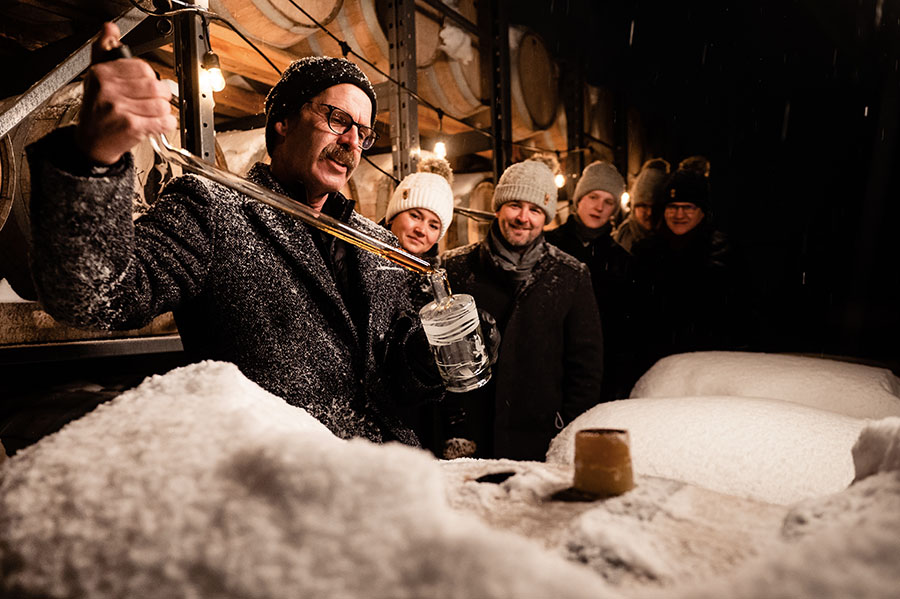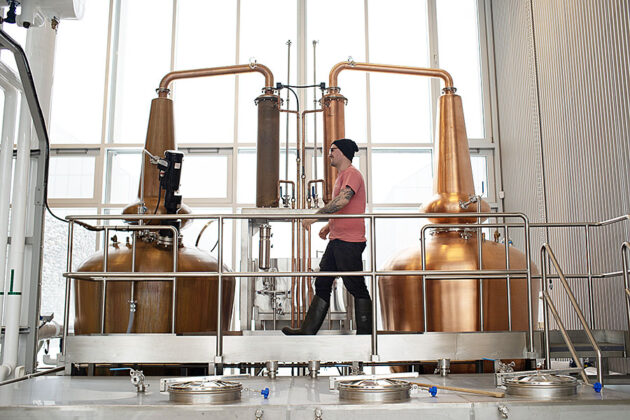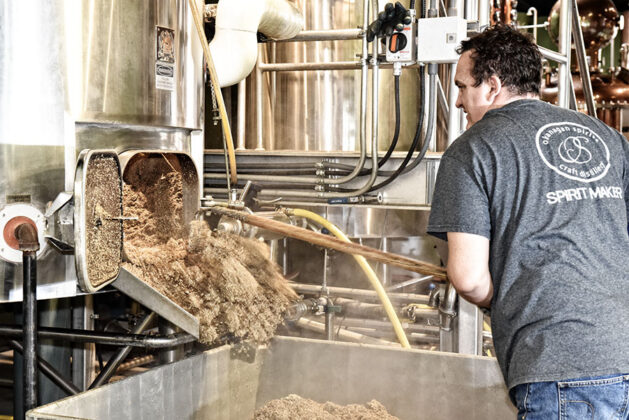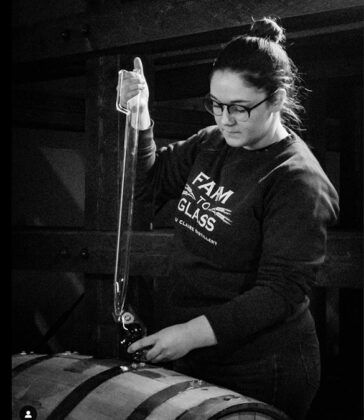
As we enter 2024, Canadian distillers are holding their breath. Will the recession that began in 2023 continue — or will it turn around? How will that impact Canada’s craft distilling industry? The harsh consensus so far seems to be rising supply costs, reduced margins, distribution hurdles, and industry burnout are all taking their toll on distillers. But is it all doom and gloom?
Distillers Grapple with a Recession and Regulatory Restrictions
In 2022, the Bank of Canada began a series of steep interest rate increases, taking rates from well below 1% in 2021 to 5% as of December 2023. These high interest rates have left Canadians pinching their wallets and reconsidering how they spend their dollars.
As Canadians are forced to direct their cash toward living expenses, British Columbia distillers recorded a drop in sales. “We’re looking at a 20% to 30% decrease in sales directly related to [the] recession,” says Tyler Dyck, president of the Canadian Craft Distillers Alliance. Dyck estimates 10% of Canadian distilleries are on the verge of failure, and the overall stress level is up. Distillers that are over-leveraged or don’t have the resources to put down barrels limit their future prospects for growth.
During the pandemic, Canada Emergency Business Account offered small businesses temporary relief in the form of an interest-free loan, with final payment due on January 18, 2024 (or, for some borrowers who refinanced their loans, March 28, 2024). After this “forgivable” period, outstanding debts will be converted to a three-year loan at 5% annual interest, adding to craft distillers’ financial strain.
Additionally, Canada Revenue Agency’s excise duty rates typically increase annually, but they were capped for one year on April 1, 2023, at a 2% raise ($13.042 Canadian dollars per liter of absolute alcohol, or LAA) to provide additional relief. This relief was extended to 2026 in early 2024.
The Industry Shows Signs of Resilience
Today, there are over 300 craft distilleries across Canada — the same ratio of craft distilleries to consumers as in the U.S.! It’s no secret high-quality Canadian grains are widely exported around the world. These exceptional ingredients give Canadian craft distillers the opportunity to innovate and showcase local flavors. U.S. firms that have established import partnerships with Canadian distilleries are already enjoying favorable exchange rates.

Amendments to modernize the alcohol retail market are rolling out in various provinces. Ontario announced a plan to allow convenience stores, big box outlets, and some gas stations to sell beer, wine, cider, and RTDs by 2026. In British Columbia, plans are underway to allow producers to convert temporary outdoor sampling area licenses to permanent ones. In Quebec, work on Geographic Identification standards is in progress to recognize spirits of agricultural origin from within the province as well as create a new category, IGP Acerum du Quebec (maple spirit distilled from maple sources).
More Canadian craft whiskey distilleries are reaching maturity, releasing their first aged whiskies or finally amassing the aged inventory for creative experimentation. However, increasing supply costs and access to resources remain a challenge to storing casks, and restricted distribution and sales channels limit revenue-generating opportunities. In spite of all this, distilleries that invested in building a community and brand loyalty are seeing that investment reflected in consumer support. Educating consumers and distributors must remain a priority, as small producers lack the scalability advantages of larger ones.
Low to zero alcohol also continues to trend, now accounting for 8% of the market share and prompting distilleries to broaden their offerings with new products. An interesting emerging trend from the craft beer industry amid declining beer sales and market saturation involves producers expanding their portfolio into different beverage verticals — for instance, brewers opening a distillery.
Continuing education and peer support has never been more important. Work with local advocacy groups is a way forward to affect policy changes. Artisan Distillers Canada (ADC) Conference and Trade show successfully held its second conference in Vancouver, featuring workshops and industry experts like Matt Hoffman (formerly of Westland Distillery), Dr. Dustin Herb (USDA and research consultant for Waterford Whisky), Matt Strickland (Iron City Distilling), Davin De Kergommeaux (award-winning author of The Definitive Guide to Canadian Distilleries), and Dr. Bill Ashburn (master blender, Forty Creek). Niagara College in Ontario also offers an artisan distilling program for aspiring producers, including technical and business education.
While Canadian craft distillers are faced with economic uncertainty and regulatory constraints, the landscape has pushed distillers to innovate and embrace creativity while upholding high quality standards — quality Canadians know exists and the world has yet to discover.











